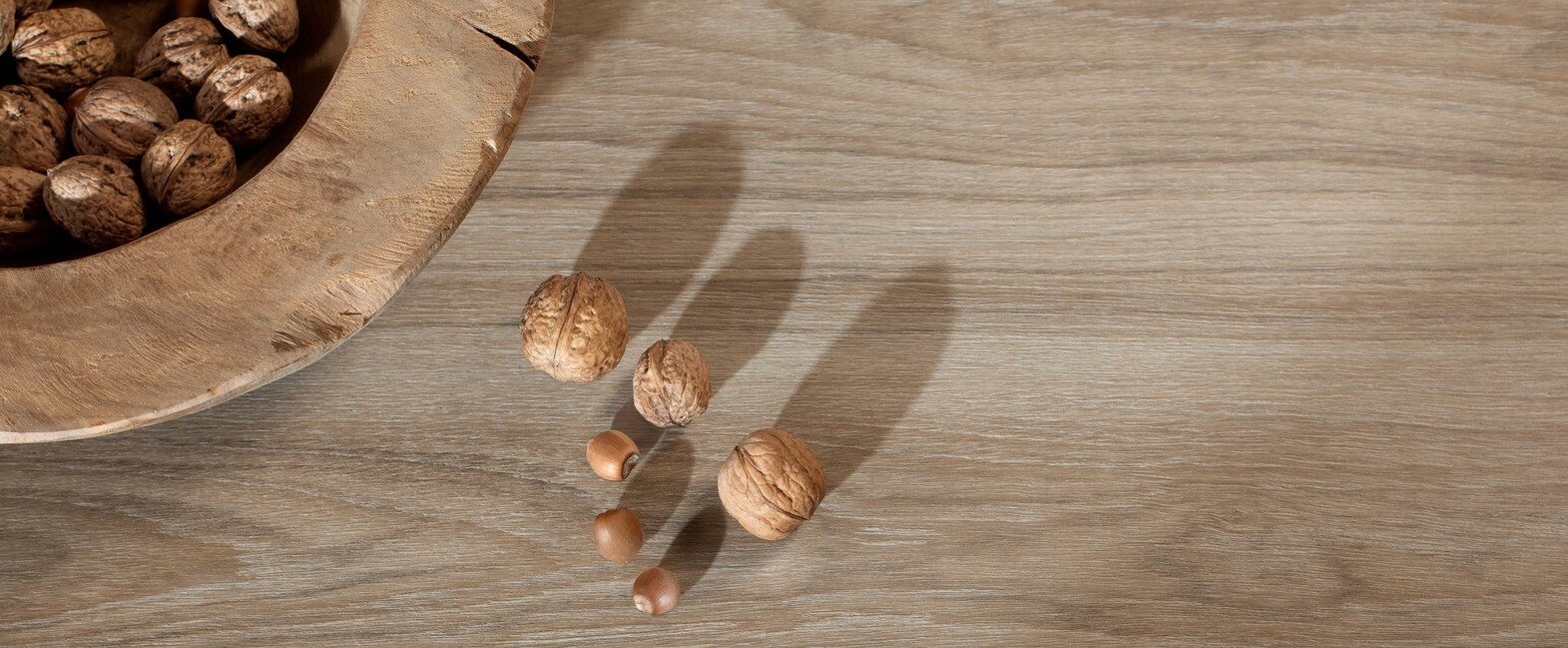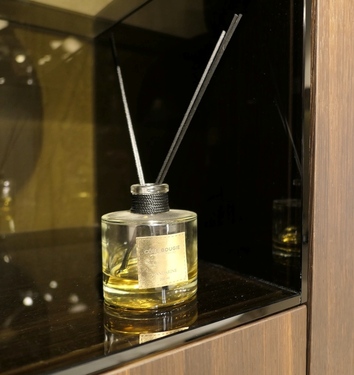The psychology of texture: how surface design impacts space perception
The power of texture in design
When it comes to designing spaces, the impact of texture is often underestimated. Yet, texture is more than just a visual or tactile element—it’s a psychological tool that shapes how spaces are perceived and experienced. Whether it’s the matte finish of a kitchen cabinet or the glossy surface of a retail display unit, texture influences everything from the mood of a room to its perceived size. Decorative films, like those offered by kp, make it easier than ever to integrate impactful textures into any space, blending beauty with functionality.
Human perception of texture operates on two levels: sight and touch. Our eyes interpret visual textures, associating them with qualities like smoothness or roughness, while our hands confirm these perceptions through touch. The brain connects these cues to emotional and spatial experiences a soft velvet surface, for example, evokes feelings of warmth and luxury, while a cold metallic texture suggests modernity and sleekness. Designers who understand this relationship can use textures strategically to achieve specific psychological effects.
Human perception of texture operates on two levels: sight and touch. Our eyes interpret visual textures, associating them with qualities like smoothness or roughness, while our hands confirm these perceptions through touch. The brain connects these cues to emotional and spatial experiences a soft velvet surface, for example, evokes feelings of warmth and luxury, while a cold metallic texture suggests modernity and sleekness. Designers who understand this relationship can use textures strategically to achieve specific psychological effects.
Share this story

- Illusion of space: Smooth or reflective textures, like high-gloss finishes, can make a room feel larger. by bouncing light around the space. In contrast, matte or rough textures create a sense of intimacy by absorbing light.
- Mood creation: Textures can evoke specific emotions. Soft textures, such as textiles or natural wood grains, promote comfort and relaxation. Sleek or glossy surfaces, on the other hand, inject energy and a sense of modernity into a room.
- Focal points: Mixing textures helps draw attention to key areas. A glossy film on a textured wall panel. or a rough matte overlay on a smooth surface creates visual contrast that captivates the eye.
Designers have long used textures to shape environments, whether it’s a cosy living room or a high-end retail store. Here’s how texture makes an impact across different settings:
- Residential spaces: Home interiors often prioritise comfort and personalisation. Soft-touch decorative films can mimic fabric or wood textures, creating a warm and inviting atmosphere, without the maintenance challenges of the real materials.
- Commercial spaces: Texture helps businesses create environments that align with their brand identity. A sleek, metallic finish might suit a tech company’s headquarters, while a matte, woodgrain surface could enhance the natural feel of a wellness brand’s retail space.
- High-traffic areas: Durability is key in public spaces, but aesthetics are equally important. Decorative films combine resilience with stunning finishes, making them ideal for places like hotels, restaurants, or offices.
Decorative films like kp’s Tessuto Primavera collection bring versatility to surface design. Offering a variety of textures—such as soft textiles, modern metallics, and intricate patterns—these films help designers achieve their creative vision while meeting practical needs.
Beyond aesthetics, decorative films provide unique advantages:
Beyond aesthetics, decorative films provide unique advantages:
- Cost-effectiveness: They offer the appearance of premium materials without the associated costs.
- Ease of application: Films are simple to install and can be updated as trends change.
- Sustainability: Many options are designed with eco-consciousness in mind, reducing waste compared to traditional renovation methods.
Texture trends evolve as consumer preferences shift towards individuality and sustainability. Matte finishes, for instance, continue to dominate modern interiors for their understated elegance, while mixed materials - combining textures like woodgrain with metallic accents - are gaining popularity for their visual intrigue. Another emerging trend is biophilic design, which uses natural textures to reconnect people with nature.
Decorative films are perfectly positioned to meet these demands, offering a palette of textures and finishes that align with today’s design sensibilities.
Texture has the power to transform spaces, creating environments that are not only visually stunning but also emotionally resonant. By carefully selecting textures, designers can shape perceptions of size, mood, and functionality. Decorative films provide an innovative solution for achieving these goals, offering flexibility, durability, and endless design possibilities.
Decorative films are perfectly positioned to meet these demands, offering a palette of textures and finishes that align with today’s design sensibilities.
Texture has the power to transform spaces, creating environments that are not only visually stunning but also emotionally resonant. By carefully selecting textures, designers can shape perceptions of size, mood, and functionality. Decorative films provide an innovative solution for achieving these goals, offering flexibility, durability, and endless design possibilities.
Whether you’re crafting a cosy residential retreat or a cutting-edge commercial space, consider the psychological impact of texture. With tools like kp’s decorative films, you can design spaces that look and feel extraordinary.

More like this







